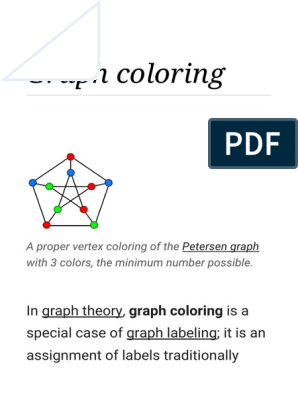0% found this document useful (0 votes)
37 views14 pagesFormatted Algorithm2222
An algorithm is a set of instructions designed to perform a specific task, taking inputs and producing outputs through computational steps. Key characteristics of algorithms include well-defined inputs and outputs, finiteness, feasibility, and clarity. The document also discusses advantages and disadvantages of algorithms, steps for designing them, analysis of algorithm complexity, and various sorting algorithms.
Uploaded by
232840Copyright
© © All Rights Reserved
We take content rights seriously. If you suspect this is your content, claim it here.
Available Formats
Download as PDF, TXT or read online on Scribd
0% found this document useful (0 votes)
37 views14 pagesFormatted Algorithm2222
An algorithm is a set of instructions designed to perform a specific task, taking inputs and producing outputs through computational steps. Key characteristics of algorithms include well-defined inputs and outputs, finiteness, feasibility, and clarity. The document also discusses advantages and disadvantages of algorithms, steps for designing them, analysis of algorithm complexity, and various sorting algorithms.
Uploaded by
232840Copyright
© © All Rights Reserved
We take content rights seriously. If you suspect this is your content, claim it here.
Available Formats
Download as PDF, TXT or read online on Scribd
/ 14























































































